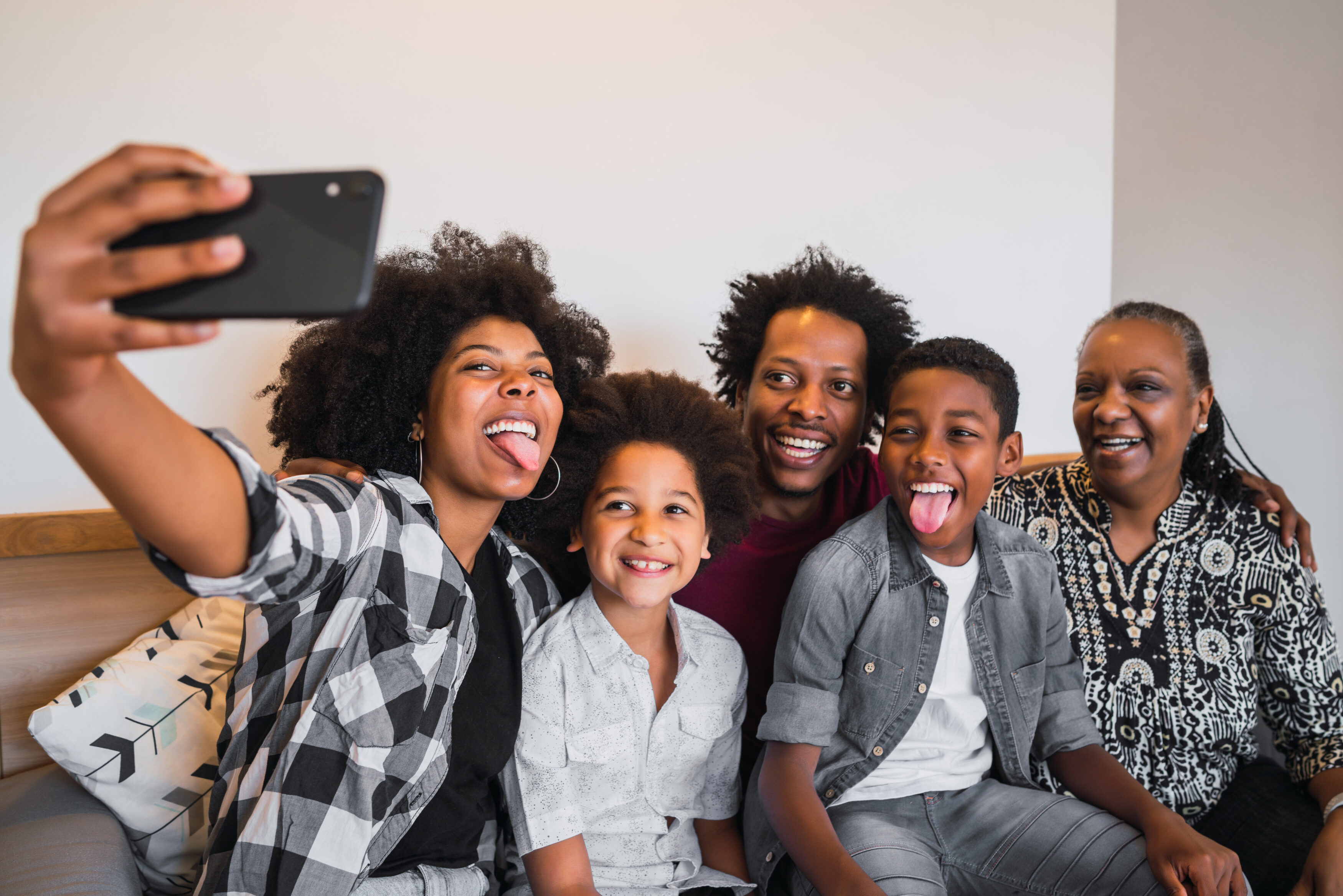It’s a brand-new year, with new opportunities for brands to make impacts in the marketplace and at home. This past holiday season saw many people finally resuming family gatherings after years of separation, but for millions of people, family togetherness is the everyday norm. According to the latest data from Pew Research, almost 20% of the U.S. population lives in multigenerational households, with three (or more) generations under one roof. That’s about 60 million people, quadruple the number since 1971—and this rising trend is here to stay, which means increasing brand exposure to a multigenerational audience.
Why are multigenerational households on the rise?
The steady growth of multigenerational living has both practical and emotional roots, including:
- Financial considerations. Sharing space can mean sharing expenses, making it easier to save, and offering protection against poverty for those who are vulnerable. Inflation is also affecting household budgets—the rising cost of living means more money is going towards groceries and other basic items, with less money available for housing.
- Care needs. Both caregiving and care-receiving can cross generational divides. Grandparents may help out with grandkids, or conversely, may have family caring for them. Living under one roof facilitates the care of children and elderly parents alike.
- Relationship status. Compared to prior generations, young adults are more often delaying or declining marriage, often living with their parents for longer. A change in relationship status, as with divorce or the death of a partner, may also be an impetus for multigenerational living.
- Historical or cultural expectations. For some 46% of adults living in multigenerational households, they’ve never had any other type of living arrangement.
- Career/educational pursuits. Employment status certainly impacts income and housing affordability. Multigenerational living makes education more accessible, and eases the financial burden as people look for new employment, engage in job retraining, or return to school.
- Pandemic consequence. Young adults are living at home for longer than they would have in a pre-pandemic world. Industries are shifting and reshaping, impacting the ability for this population to find jobs.
- Family connection. According to Generations United, nearly 80% of people in multigenerational households cite enhanced family bonding as a result of their living arrangement—and more than 72% of people intend to maintain this arrangement over the long-term.
So what does this mean for brands?
If you want to truly be a household name, you need to consider the whole household. Multiple generations living together under the same roof changes household dynamics, with implications for what and how purchase decisions are made. These expanded households will respond to brand messaging in different ways, and consumers will be influenced by the attitudes and habits of multiple generations. Brands must appreciate that their marketing and messaging will reach beyond their core audience—and they must act accordingly. This involves reimagining brand strategy through an inclusive multigenerational lens, taking into account generational differences and focusing on commonalities.
If you’ve been thinking about the next generation of your brand strategy, don’t dwell any further. Let’s connect to home in on a branding solution that’s right for you.





